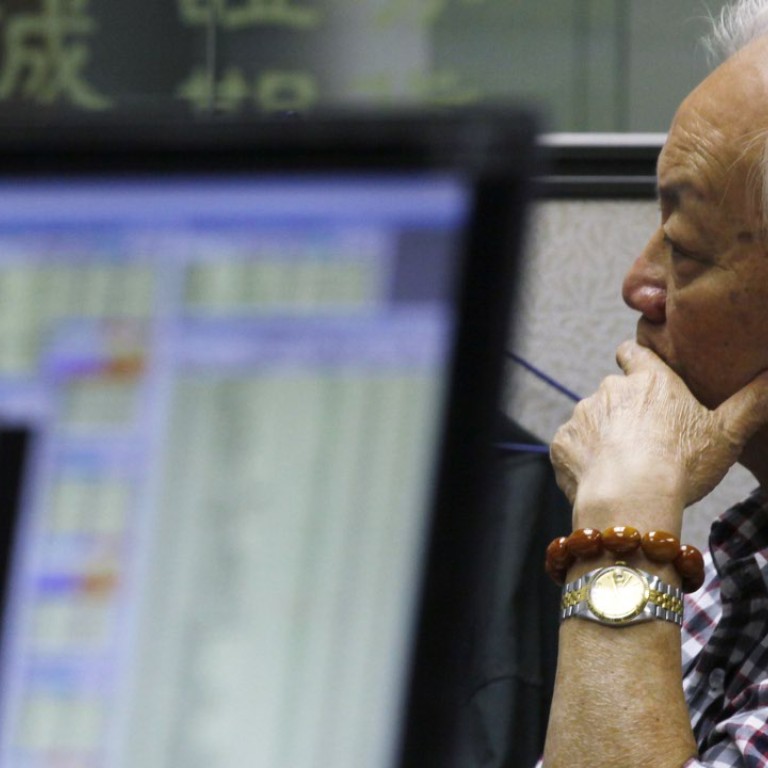
New | Hong Kong putting in place range of regulations to tighten up investment markets in 2016
Insurance sector, pension scheme, stocks to see vital reform to tighten regulations
A range of regulatory reforms planned for Hong Kong are seen tightening the screws across a range of investment markets in 2016, including the stock market, insurance industry and pension fund sector.
Analysts believe this would raise the cost of compliance for brokers, insurers and fund managers and may slow down new listings or the launch of new products. They agree though that the reforms would usher in a healthier market over the long haul.
The insurance sector will have a new regulator in the Insurance Authority which will supervise all insurance companies and about 80,000 salespersons.
“It is important for the new Insurance Authority to regulate the insurance industry to protect policyholders. However, we hope the authority will not over-regulate or it will kill the industry,” Chan Kin-por, legislator for insurance sector, said about striking a balance between regulation and business development.
In the past year, Chan said the Securities and Futures Commission and other regulators have added a lot of requirements in selling investment linked insurance products which have made it hard for insurers to sell their products.
“We hope the Insurance Authority do not only have an eye on regulation but we hope it will have policies to help develop the insurance industry,” Chan said.
The Authority will develop new rules on risk-based capital requirements as well as introducing a compensation fund for policyholders in case insurance companies collapse.
On pension fund reform, the government is now seeking lawmakers’ approval for a change to require all 19 Mandatory Provident Fund scheme providers to introduce core fund as a fund choice for the 600,000 employees who do not choose how to invest their estimated HK$100 billion in MPF funds. This represents about 20 per cent of all MPF assets.
The core fund would be launched by the end of 2016, which will mark the largest ever reform in the pension fund in the city since the scheme was launched in 2000. The important breakthrough on the core funds is that fees are capped at 0.75 per cent which would help bring the average MPF fee down from the current level of about 1.6 per cent, nearly double the average level in the US of 0.85 per cent.
Rex Auyeung, the president of Asia at the Principal Financial Group, a leading MPF provider in the city, said the core fund introduction fits well with the ageing population in Hong Kong.
“I believe this core fund would encourage more low-fee funds with benefits going back to participants,” Auyeung said. “Hong Kong’s population is ageing and we have to evaluate how to prepare for a society where 20 per cent of our population will be age 60 and over. MPF reform cannot solve all the retirement problems due to its limited contribution but it still has to play a part to support the big picture.”
Sally Wong, chief executive of Hong Kong Investment Funds Association HKIFA), said MPF reform on the core funds would be helpful to employees who do not know how to invest. The core funds have a simplified investment strategy in a mixtures of bonds and stocks while the risk levels would be reduced based on the age of the employees. The HKIFA is working on a reference diversified portfolio for the core funds.
“Diversification will ensure that investments are not overly concentrated in any one asset class or geographic region, and thus, limit exposure to volatility in any specific market,” she said. “This is the cornerstone for risk management as we believe that this will best suit the risk appetites and expectations of the employees.”
In the stock market, the reform will see the Securities and Futures Commission reviewing the Growth Enterprise Market and other listing rules to attract more technology companies to list here. Last month, the stock exchange banned backdoor listings, which were frequently seen in the GEM market.
“Those go through backdoor listing will normally not meet the listing requirement. An increase in volume in the IPO market very much depends on the quality of the companies themselves and the market conditions,” Timothy Lo, the managing director of French private bank CIC Investor Services, said.
Lo opposed a further tightening of controls on the GEM market.
“Tighter control will kill off the purpose of having the GEM board which is already shrinking. The HK GEM board is not the only market which possesses high volatility and investors should understand the risks they are facing before investing,” he said.
Edward Au, co-Leader of the national public offering group of Deloitte China, said though that the GEM needed to be restructured as a multi-tier market based on the issuers’ market cap, shareholder spread and operational performance.
“This would provide a clearer picture to the investors on the profile of the companies listed on the GEM,” Au said, adding the government should consider providing more incentives to venture capital funds or angel funds to invest in the hi-tech sector.

